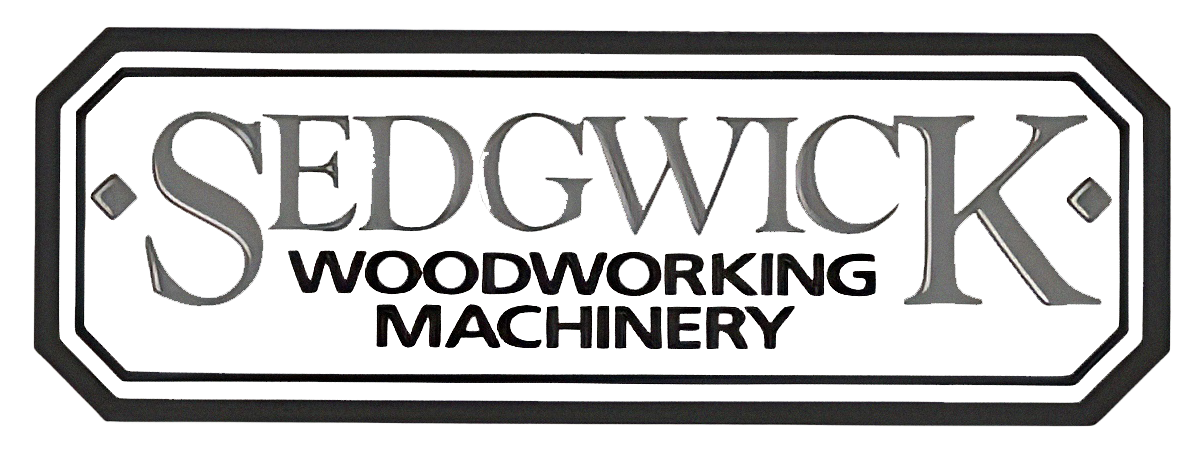When you first enter the world of woodworking, it can be daunting.
There are hundreds of machines and tools that you may need to complete your project, so how do you know which is the one you need?
While each type of saw is capable of cutting a variety of materials, choosing the wrong saw can result in an unusable piece of wood.
This potential confusion can cause delays, create wood waste, and potentially leave you out of pocket.
This handy guide will give you an insight into each of the saw types we stock here at Kendal Tools & Machinery, allowing you to accurately choose the equipment you need, right off the bat.
Types of saws
Bandsaws
Bandsaws contain inner wheels which turn the long-toothed metal sheets. This is how the timber is cut. With the right blade type, this type of saw can cut a wide variety of materials, including wood and metal.
Most often stationary, the bandsaw can be described as the most versatile piece of cutting equipment, due to its ability to cut large and small sections, as well as straight and curved lines.
Bandsaws are also suitable for cutting veneers, tenons, and thin strips from larger pieces of wood too.
Table saws
Table saws feature a motorised circular blade that extrudes from a table surface. The wood is then placed adjacent to, or on top of this saw to cut pieces from a larger length while the blade spins to sever the wood.
Table saws can make three types of cuts: cross cuts, ripping cuts, and dado cuts. Similarly, they can be used to cut curves and other irregular shapes and reshape lumber into thinner slabs.
Circular saws
Similar in blade style to the table saw the circular saw also features an automated spinning circular blade. Instead, however, the blade is manoeuvred down onto the wood from above, by moving a handle.
The blade is very rigid, allowing users to make extremely precise cuts with a good finish, which could be important for your project.
The circular saw is perfect for cutting down larger timbers, slicing logs into firewood, cutting straight edges, and repeatedly cutting to the same point along a piece of wood.
Mitre saws
Mitre saws are very similar to circular saws, feature the same spinning circular blade, but allow the user to make angular cuts between 45-90°- with some models allowing for 30° angles.
With the right blade, this saw can cut metals, masonry, and plastics alongside traditional wood.
This is perfect if you are looking to use your new tool to cut connections for sash windows, cut skirting boards, or create decorative wall panelling.
Planing saws
Planing saws, or planers, are used to level and straighten boards to a consistent thickness.
This is achieved by running the timber through the length of the machine where cylindrical blades shave off the specified amount of wood.
It is ideal for reducing warping, twisting, and tapering as well as smoothing and resurfacing a piece of board.
Scroll saws/ fretsaws
Scroll saws are used for much more intricate work and are considered quite specialist equipment: you aren’t going to find this in your average workshop.
Scroll saws have an ultrafine blade with downward-facing teeth, which cut as the blade is rapidly lowered down and back up again.
Most commonly, the scroll saw is used to remove excess materials from ends, cut delicate curves and corners, dovetail joints, and create beautiful inlay work.
Find the woodworking saw perfect for you
Although it can be confusing for new woodwork enthusiasts and trades, the variety of saws available on the market means that no matter your project, you can purchase a tool that will help you work more efficiently and create a higher standard of finish.
That’s where the team at Kendal Tools & Machinery come in
If you have questions, or need some more information on our range o saws, speak to one of our friendly experts by calling 01539 733 774 or, fill in our enquiry form and we will get back to you as soon as we can.












